🧴 Puppy Care Guide: Keep Your Puppy Happy and Healthy
🐾 Introduction
Grooming is more than just keeping your puppy pretty — it’s essential for their health, comfort, and emotional wellbeing.
Early grooming builds trust, strengthens your bond, and prevents skin infections, tangles, or ear problems.
Plus, it helps your puppy get used to being handled — something that will make vet visits much easier later.
In this guide, you’ll learn exactly how to groom your puppy step-by-step, what tools to use, how often to groom by breed type, and how to make it a fun routine your dog will actually love.
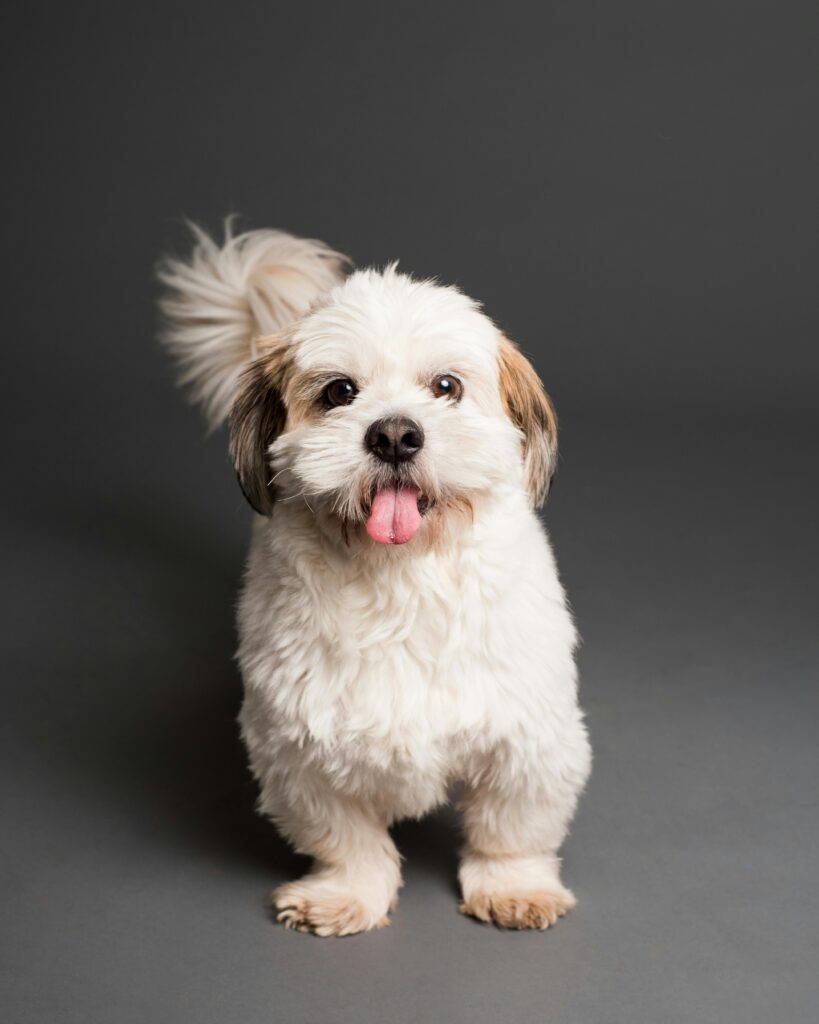
✨ Why Puppy Grooming Matters
Regular grooming keeps your puppy:
- 🩺 Healthy: Removes dirt, loose hair, and prevents parasites.
- 💗 Comfortable: No itchy mats or overgrown nails.
- 🐕 Socialized: Gets used to touch and different sensations.
- 💬 Bonded: Grooming time = connection time.
A well-groomed puppy is a happy, confident puppy.
The earlier you begin, the easier it becomes — ideally from 8–10 weeks old.
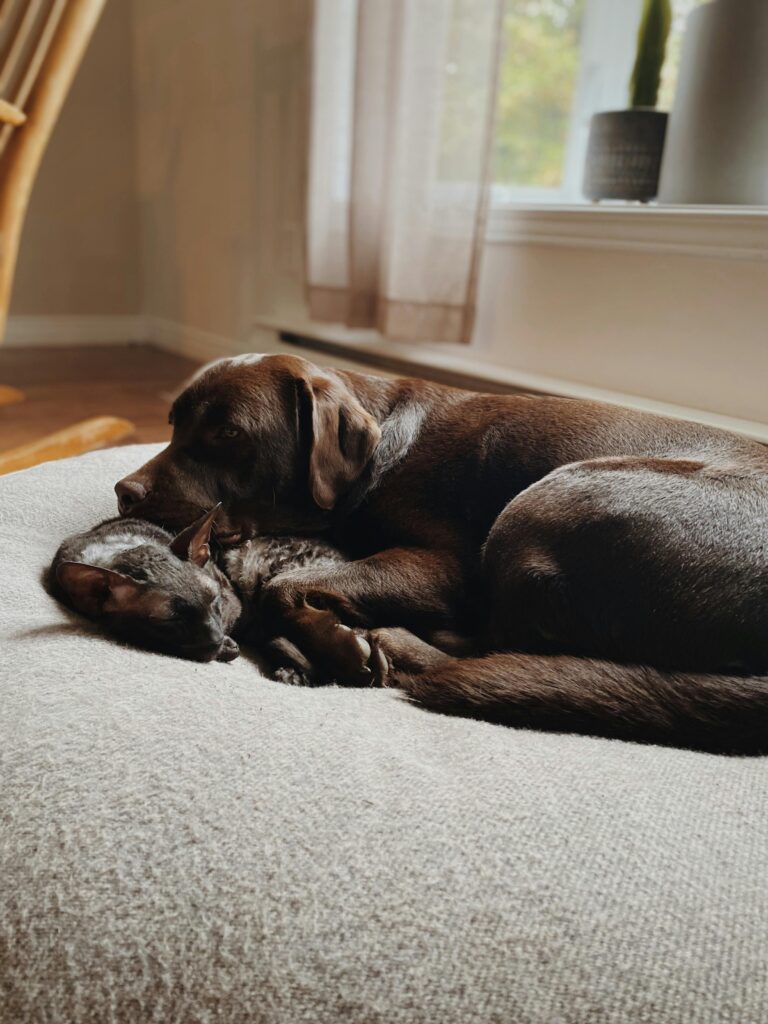
🧰 Essential Puppy Grooming Tools
Before you start, gather a few basics. Quality tools make the process faster and more comfortable for your dog.
| Tool | Purpose | Recommendation |
|---|---|---|
| 🪶 Soft Slicker Brush | Removes tangles & loose fur | Essential for all coat types |
| ✂️ Rounded-Tip Scissors | Trims hair around eyes/paws | Safety first |
| 🧴 Puppy Shampoo (pH Balanced) | Cleans coat without irritation | Choose tear-free formula |
| 🧽 Microfiber Towels | Dry faster & reduce static | Gentle on puppy skin |
| 🪥 Dog Toothbrush + Paste | Prevents tartar buildup | Start brushing early |
| 🦴 Nail Clippers or Grinder | Keeps nails short & healthy | Use small-size clippers |
| 🩺 Ear Cleaner | Prevents wax buildup & infections | Vet-approved only |
💡 Pro tip: Introduce tools gradually — let your puppy sniff and explore each one before use.
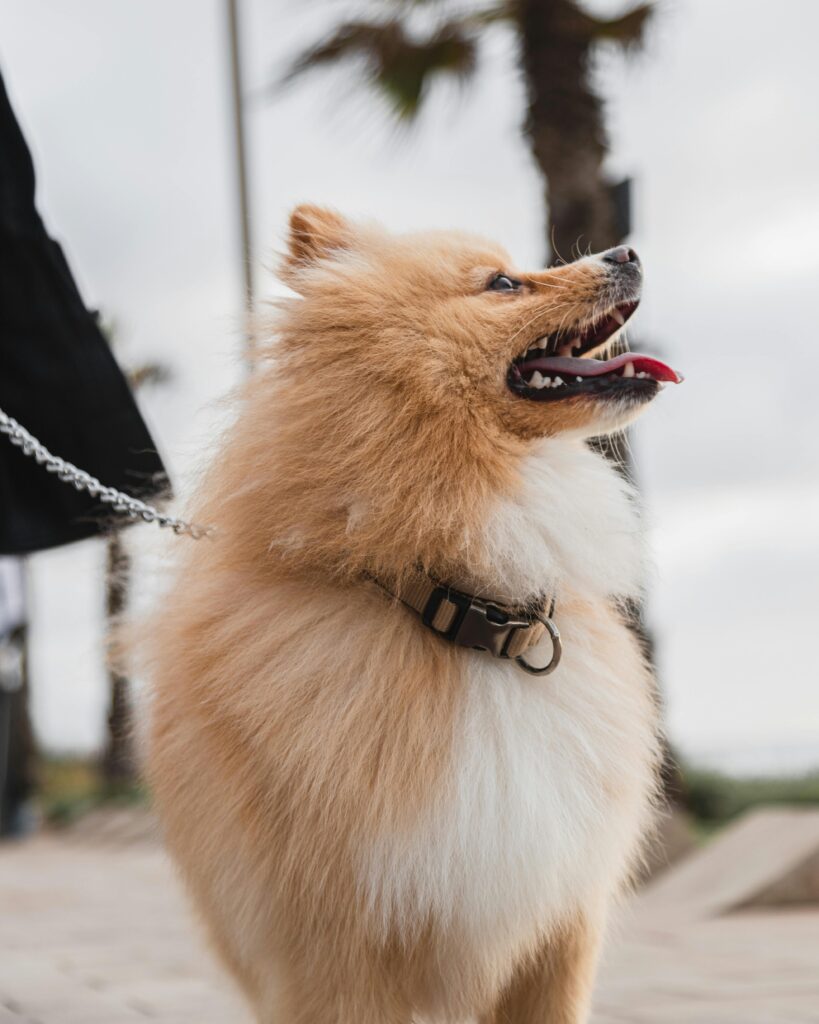
🛁 How to Bathe Your Puppy (Step-by-Step)
Bath time doesn’t have to be stressful. Follow this calm routine for a positive experience:
🪷 Step 1: Prepare the Environment
- Choose a quiet room with warm air (avoid drafts).
- Use a non-slip mat in the tub or sink.
- Gather shampoo, towels, and treats in advance.
💧 Step 2: Water Temperature
Lukewarm — not hot, not cold.
Puppy skin is sensitive; test the water on your wrist before starting.
🧴 Step 3: Wash Gently
- Wet the coat thoroughly.
- Lather shampoo softly from neck to tail.
- Avoid eyes, ears, and nose.
- Rinse completely — leftover shampoo can cause irritation.
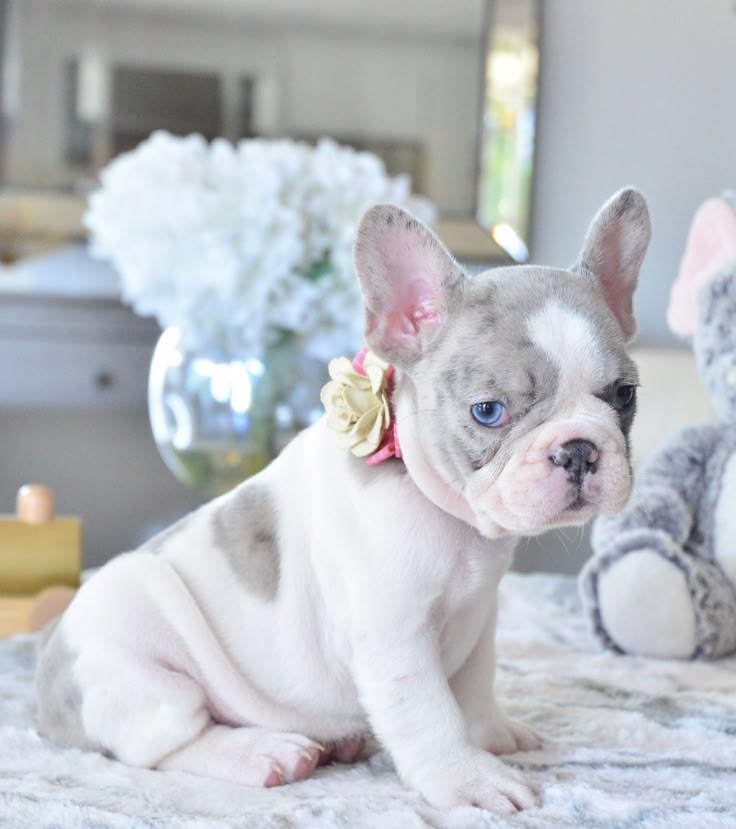
🌬️ Step 4: Drying
- Wrap your puppy in a soft towel.
- Pat dry (don’t rub hard).
- You can use a pet dryer on low heat — never a human hairdryer.
🎯 Reward with praise and a small treat after every bath.
🪮 Brushing: The Secret to a Healthy Coat
Brushing removes dead fur, spreads natural oils, and keeps your puppy’s skin healthy.
The frequency depends on the coat type.
| Coat Type | Brushing Frequency | Brush Type |
|---|---|---|
| Short Hair (Beagle, Boxer) | 1–2× per week | Rubber brush or glove |
| Medium Hair (Golden Retriever) | 3× per week | Slicker brush |
| Long/Curly Hair (Poodle, Goldendoodle) | Daily | Pin brush or comb |
| Double Coat (Husky, Shepherd) | 3× per week | Undercoat rake |
💡 Always brush in the direction of hair growth and be gentle near sensitive areas (belly, tail, armpits).
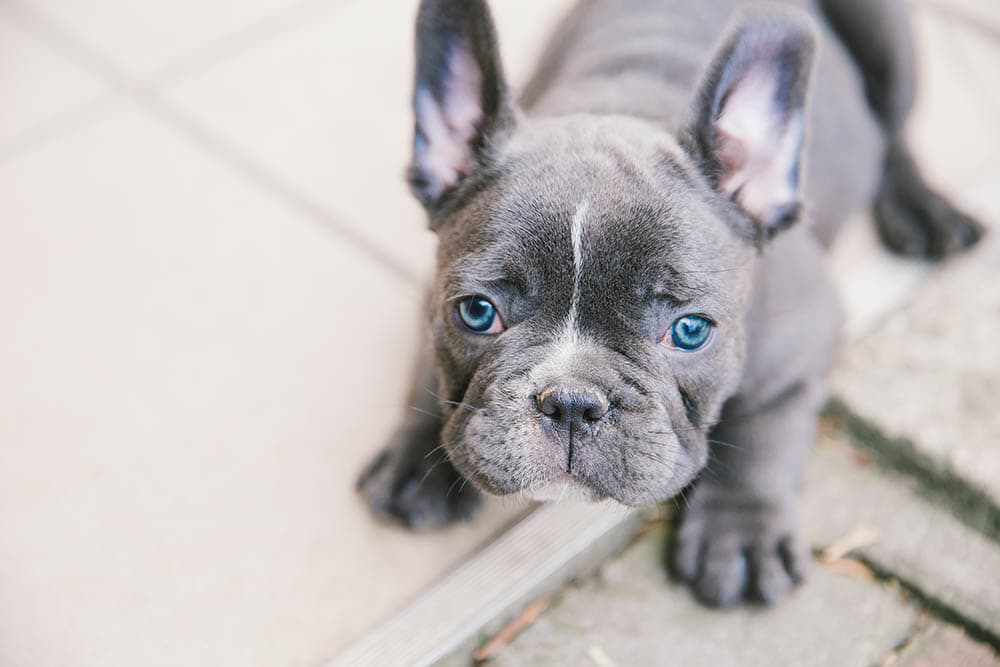
✂️ Trimming and Nail Care
🐾 Nail Trimming
Overgrown nails cause discomfort and can alter how your puppy walks.
Trim every 3–4 weeks using dog-safe clippers.
Cut just the clear tip — avoid the pink “quick,” which contains nerves and blood vessels.
💬 If unsure, trim small bits weekly instead of a lot at once.
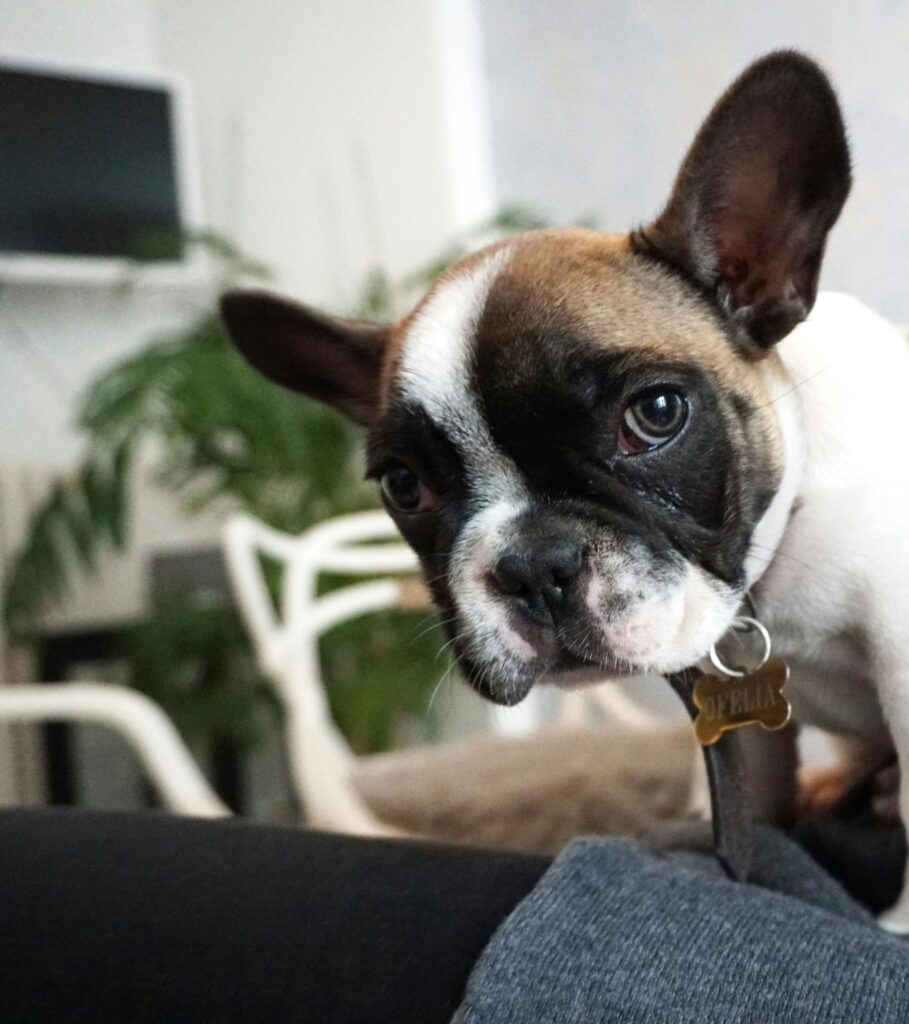
✂️ Hair Trimming
Some breeds need regular hair trims (especially around eyes, paws, and sanitary areas).
Use rounded-tip scissors and always keep calm energy — puppies sense tension.
⚠️ If you’re nervous, visit a professional groomer for the first session.
👂 Ear Cleaning & Dental Care
🦻 Ear Care
Clean ears once a week or after every bath.
- Use vet-approved ear cleaner and cotton pads.
- Wipe only the visible part — never insert anything deep!
Watch for:
- Redness
- Bad smell
- Excess scratching These may indicate infection — consult a vet promptly.
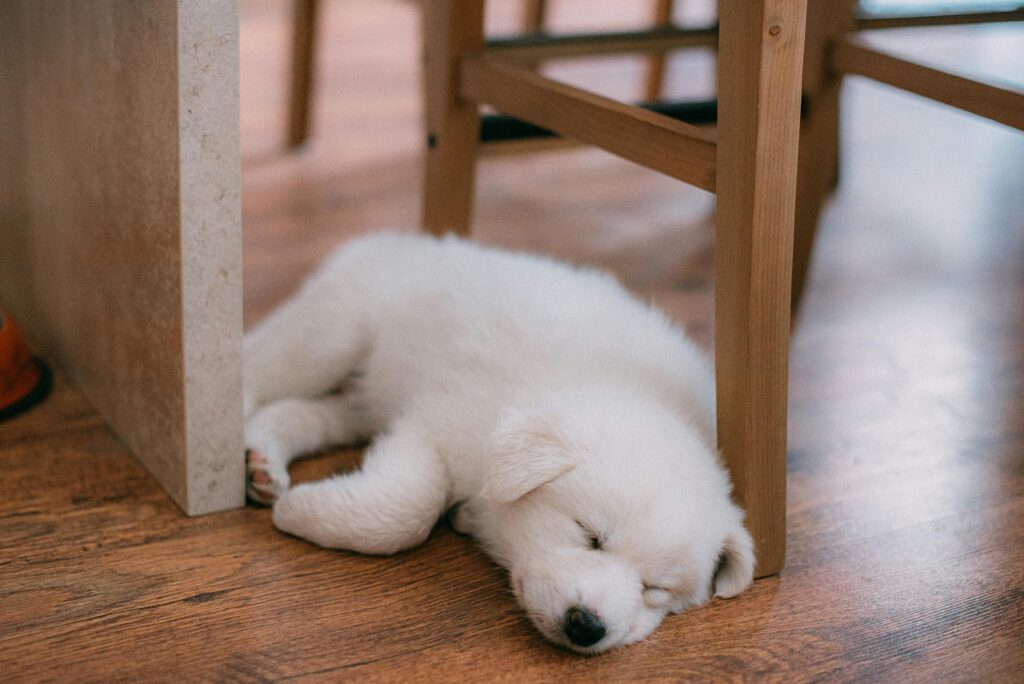
🦷 Dental Care
Start brushing your puppy’s teeth 3× a week using dog toothpaste (chicken or mint flavor).
Early dental care prevents plaque, bad breath, and gum disease.
If your puppy resists brushing:
- Use finger brushes first.
- Reward with play after brushing.
- Try dental chews for maintenance.
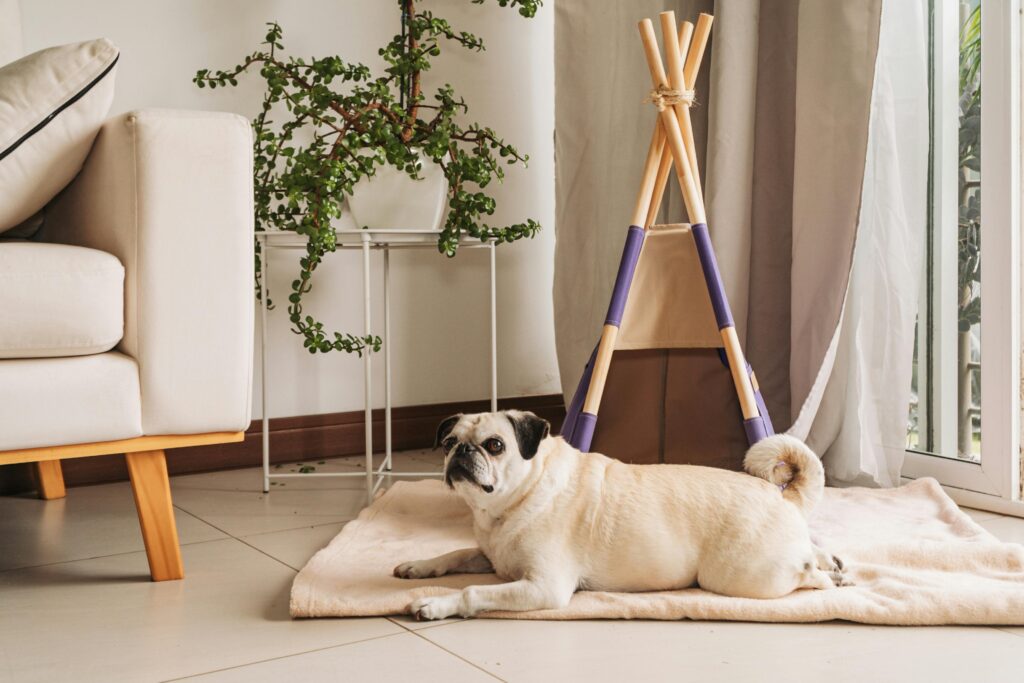
🧼 Puppy Grooming by Breed
| Breed Type | Grooming Frequency | Tips |
|---|---|---|
| Short-haired (Labrador, Beagle) | Low | Quick weekly brushing & occasional baths |
| Medium coat (Golden Retriever) | Medium | Brush 3× weekly, trim around ears/paws |
| Long-haired (Shih Tzu, Maltese) | High | Daily brushing & monthly trims |
| Curly coat (Poodle, Goldendoodle) | Very High | Daily brushing + pro grooming every 6–8 weeks |
| Double coat (Husky, Shepherd) | High | De-shed 2× weekly, no shaving |
🐾 Each coat type requires different care — adapt accordingly.
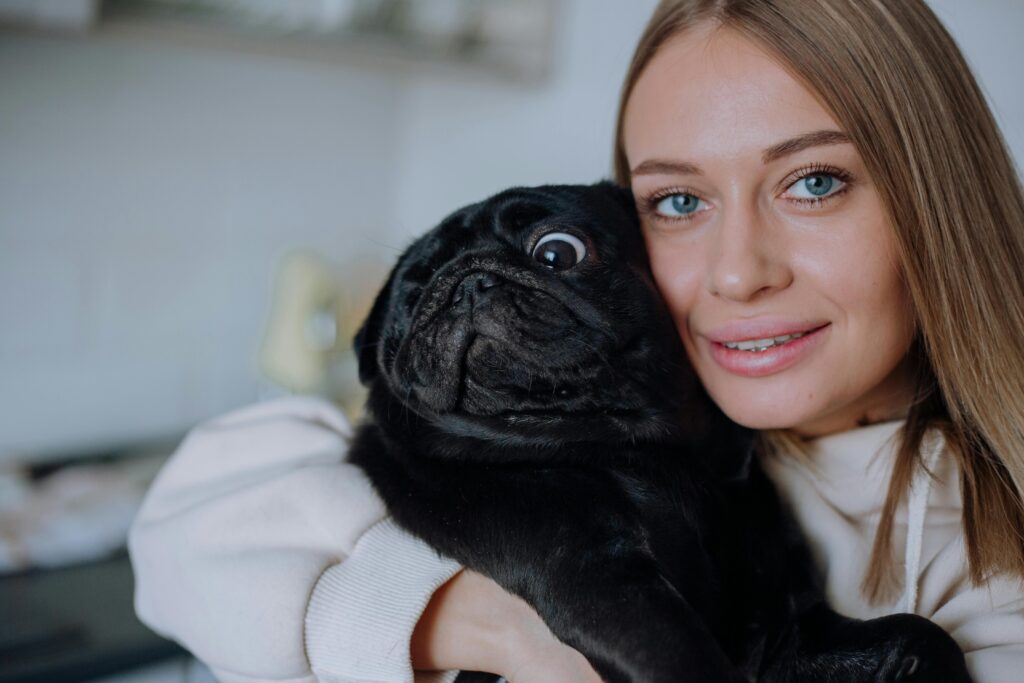
💕 Making Grooming a Positive Experience
Grooming should never feel like a chore. Make it a ritual your puppy enjoys.
✅ Start short — 5–10 minutes max for beginners.
✅ Praise and treat often.
✅ Always stop before your puppy gets restless.
✅ Play gently after sessions to associate grooming with joy.
💬 Talk softly — your tone sets the emotional atmosphere.

⚠️ Common Puppy Grooming Mistakes
| Mistake | Why It’s Harmful | Better Way |
|---|---|---|
| Using human shampoo | Harms pH balance | Use puppy-safe formulas |
| Overbathing | Dries skin | Bathe every 3–4 weeks |
| Cutting nails too short | Painful, bleeding | Trim gradually or file |
| Skipping brushing | Causes mats | Brush regularly |
| Rushing sessions | Builds fear | Slow, calm, and rewarding |
🐶 Patience builds confidence — and confidence builds trust.
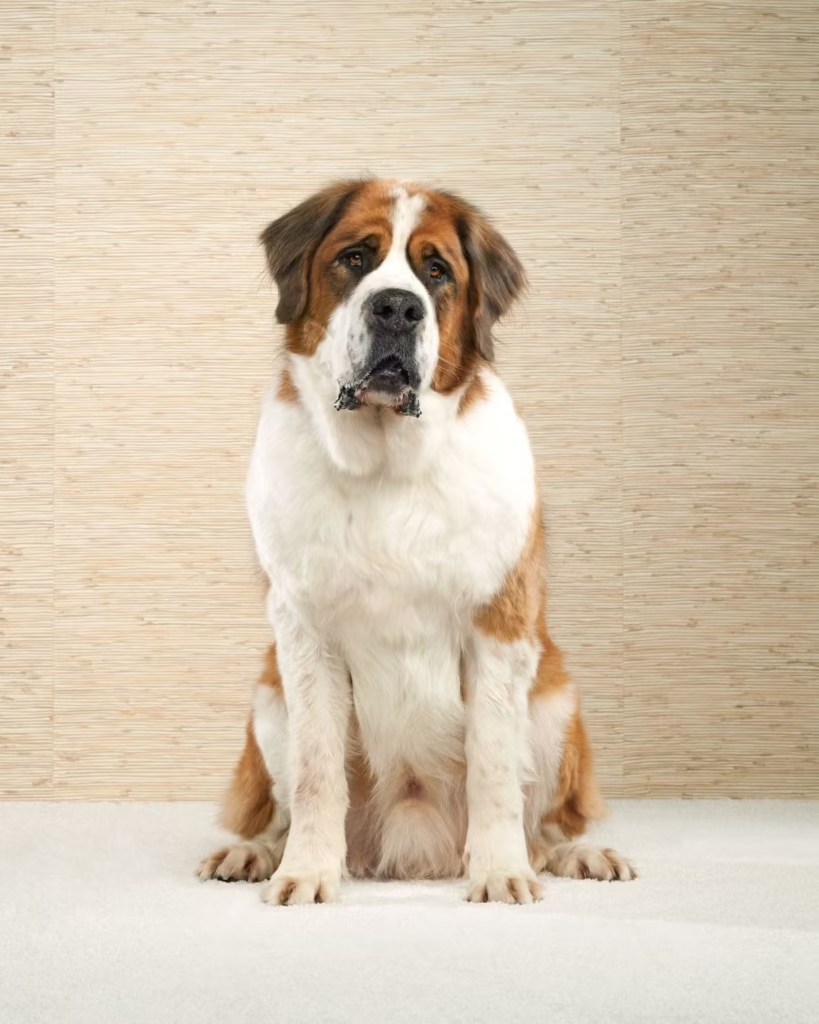
🧠 Bonus: Professional Grooming vs. Home Grooming
| Option | Pros | Cons |
|---|---|---|
| Professional Groomer | Expertise, breed-specific cuts, full cleaning | Costly, may stress shy puppies |
| At-Home Grooming | Builds bond, cost-effective, flexible schedule | Requires time & patience |
💡 Ideal routine: alternate both — start at home, visit a groomer every 2–3 months for deep care.
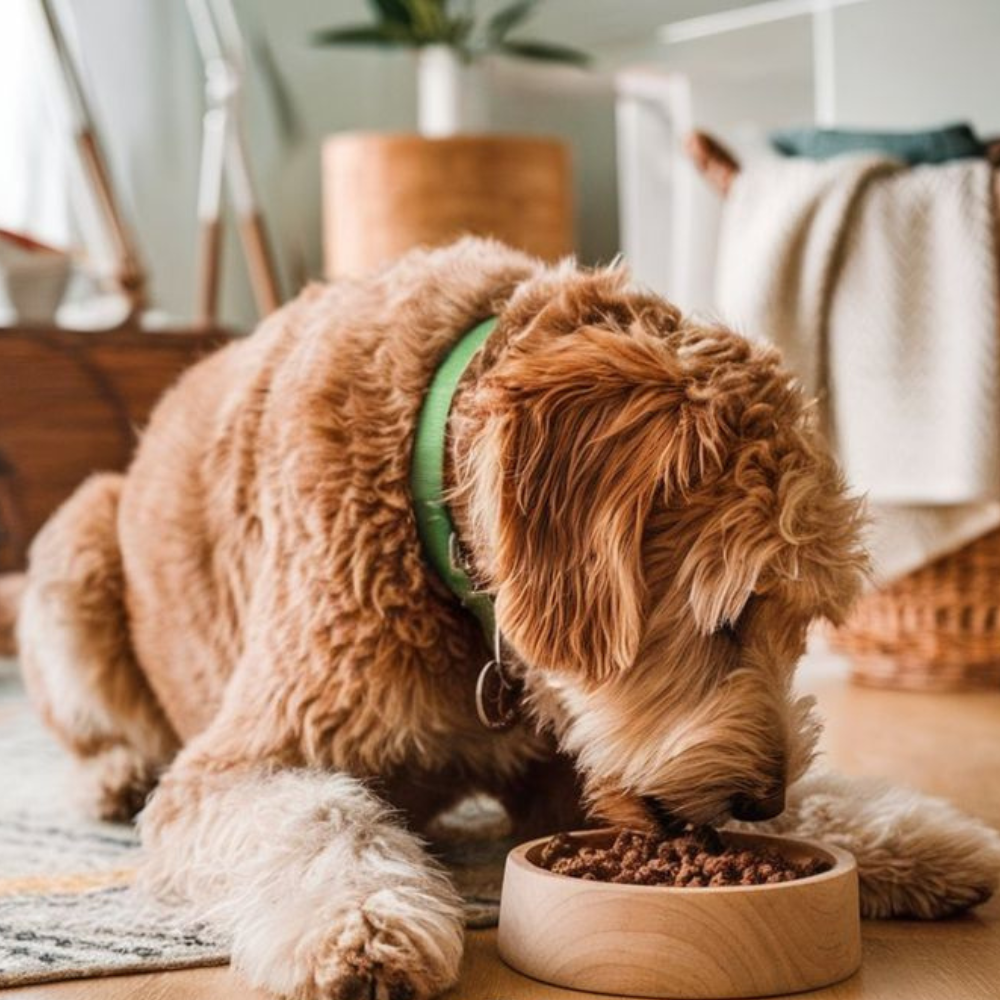
🐕 Conclusion
Grooming isn’t about vanity — it’s about health, confidence, and connection.
When you make it gentle and joyful, your puppy will start to look forward to it instead of fearing it.
🫧 Keep it consistent, calm, and rewarding — and you’ll have a puppy who’s always clean, confident, and cuddle-ready.
💖 Good grooming = good bonding.
💬 Puppy Grooming FAQ
When should I start grooming my puppy?
At 8–10 weeks. The earlier you start, the more natural it feels to them.
How often should I bathe my puppy?
Every 3–4 weeks, or when visibly dirty. Overbathing removes natural oils.
Can I use baby shampoo?
Only in emergencies — it’s not pH-balanced for dogs.
How can I stop my puppy from biting the brush?
Let them sniff it first, use gentle strokes, and reward calm behavior.
Should I trim my puppy’s whiskers?
No — whiskers help them sense their surroundings. Never cut them.

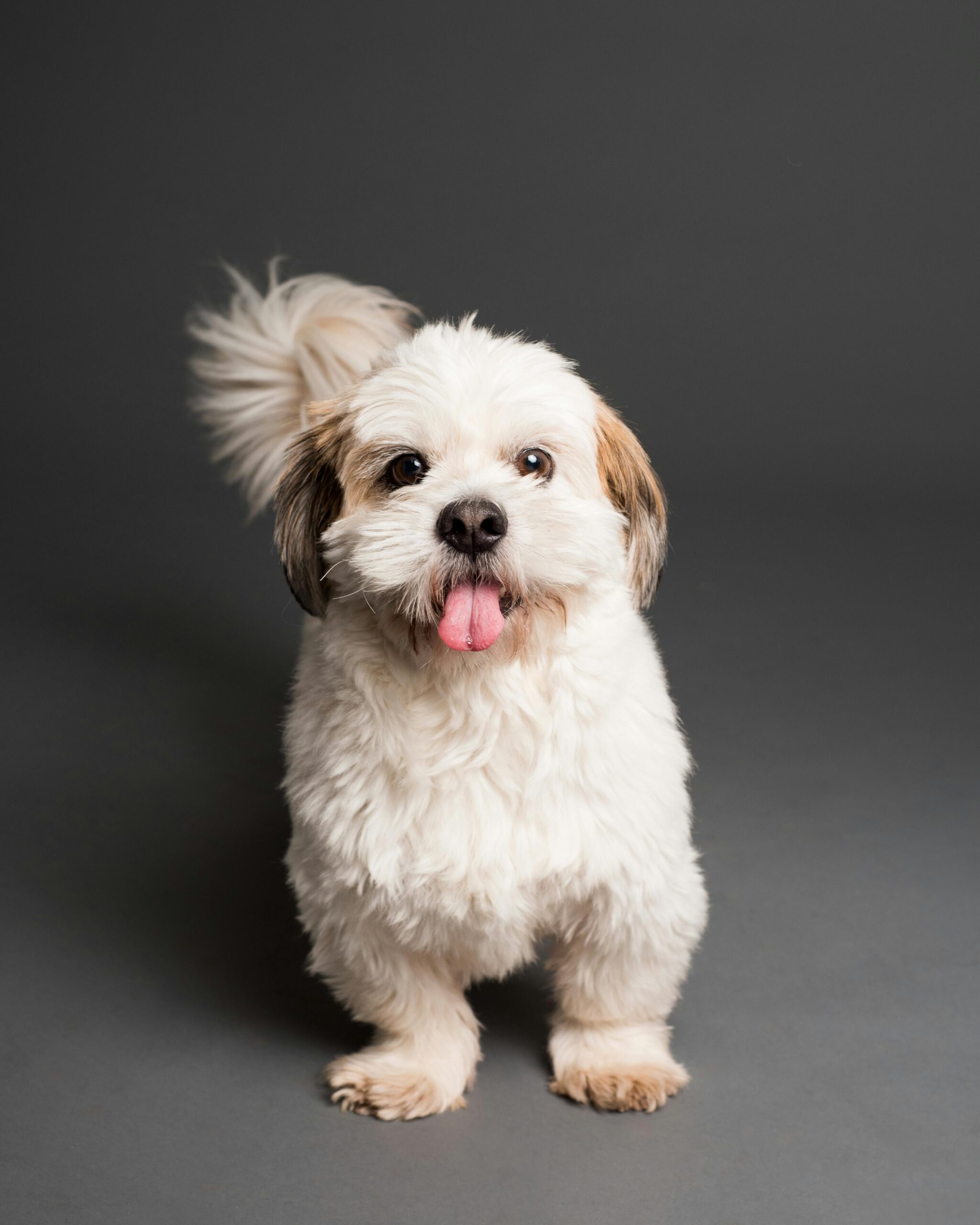
Leave a Reply